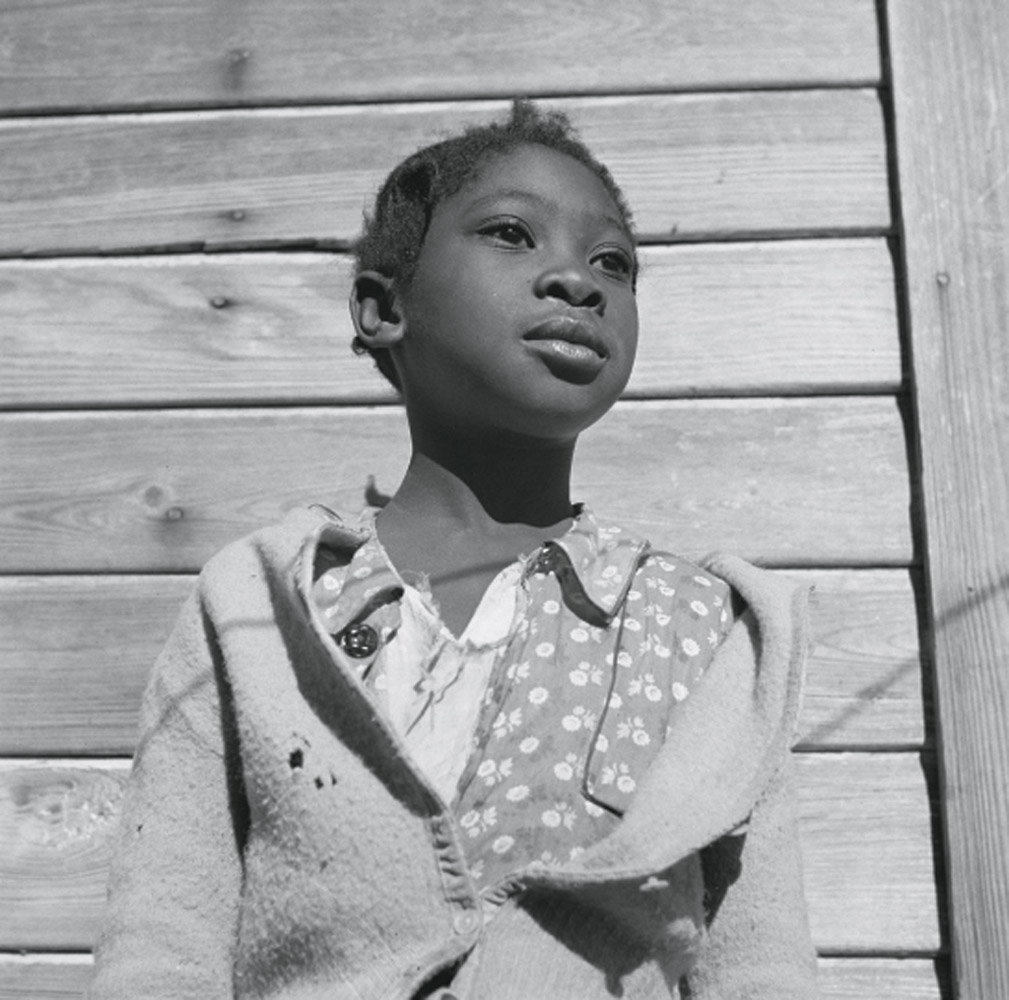
“I had bought what was to become my weapon against poverty and racism,” Gordon Parks famously recalled of purchasing his first camera at a Seattle pawnshop for $7.50. And where the LIFE staff photographer and director of Shaft first applied that weapon, on a large scale, was at the Farm Security Administration (FSA), which had been absorbed into Office of War Information (OWI) in 1942, the year Parks started his internship. His year with the federal government—which hired photographers like Dorothea Lange and Walker Evans to document the agency’s work— is the subject of a new book by the Library of Congress, Fields of Vision: The Photographs of Gordon Parks. “Very few people know he worked for the FSA-OWI,” says W. Ralph Eubanks, director of publishing at the Library of Congress. “I had always thought Parks was biding his time there, until he could branch off and do what do what he wanted to do. But he was actually doing some very serious work.”
While Parks was at the FSA-OWI in Washington, and suffering the effects of segregation—he was kicked out of a movie theater, told to eat in the back of a restaurant and dismissed by a department store clerk all in one day—he struggled to depict his experiences. Roy Stryker, head of the FSA-OWI’s information division, counseled Parks not to portray the bigots, but instead to talk people who suffered from their actions. The result was one of his more recognizable images, American Gothic. “What he was up against personally shows up in those photographs. Parks made a connection with African Americans he met in DC. He went into people’s homes, into their churches,” says Eubanks. “Stryker was encouraging him to get into the mind of his subjects and capture it. I don’t think any of the white photographers would have been allowed that kind openness.”
The Parks book, which features an introduction by novelist Charles Johnson, is the ninth in a series the Library of Congress has rolled out, pulling from the 171,000 FSA-OWI negatives in its archive. With a focus on photographers not immediately associated with the department, like Parks, Marion Post Wolcott and Jack Delano, the Fields of Vision series explores how the artists’ time at the agency formed the roots of later work. “We wanted to find images that you haven’t seen,” explains Eubanks. “We also wanted to choose photographs that documented the human condition, rather than just the Great Depression.”
Of all the books in the series, Eubanks says it’s the Parks volume that has surprised him most. “He really did put himself into the work at the FSA-OWI completely. People should know more than just American Gothic.” In looking at the breadth of Parks’ work from that time, Eubanks says, “I got a better sense of a great photographer as a young man.”
The FSA-OWI archives—including over 1,600 images by Parks—can be viewed here. The books in the Library of Congress series, including Fields of Vision: The Photographs of Gordon Parks, are available online.
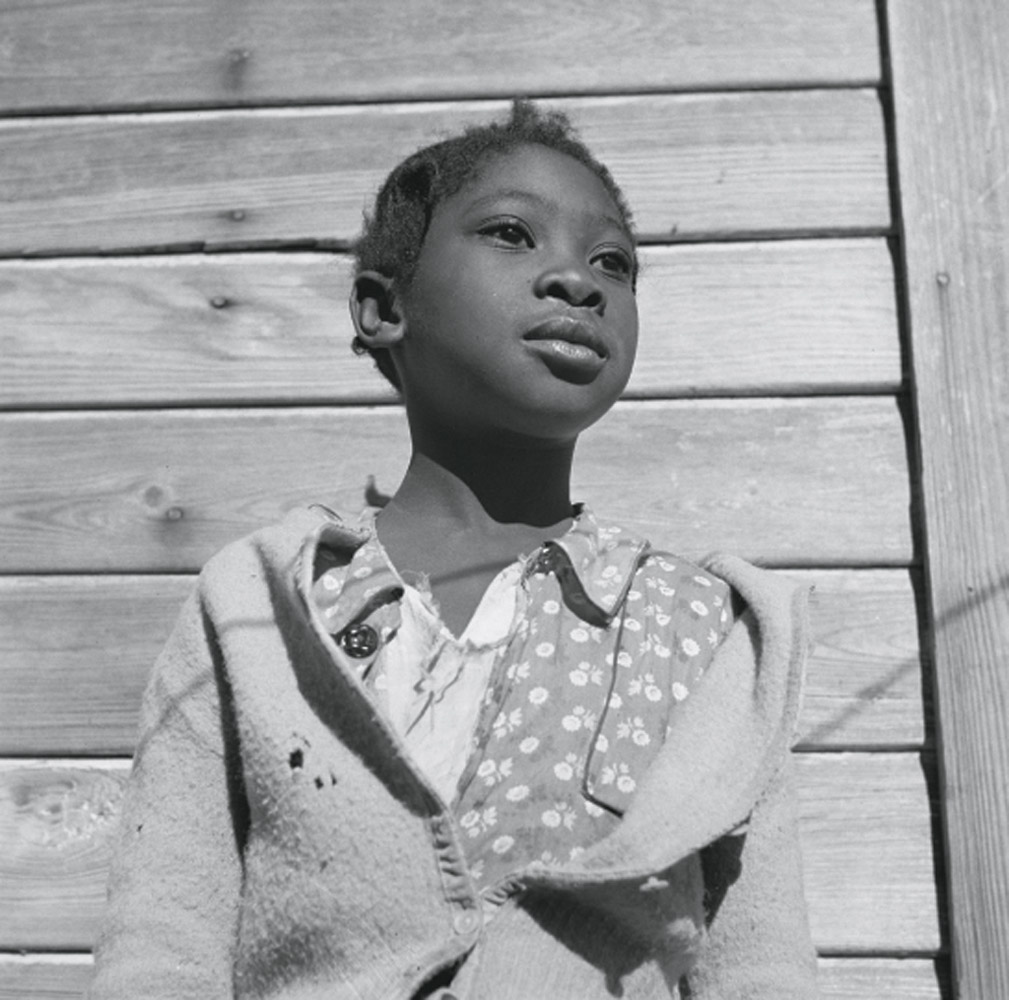
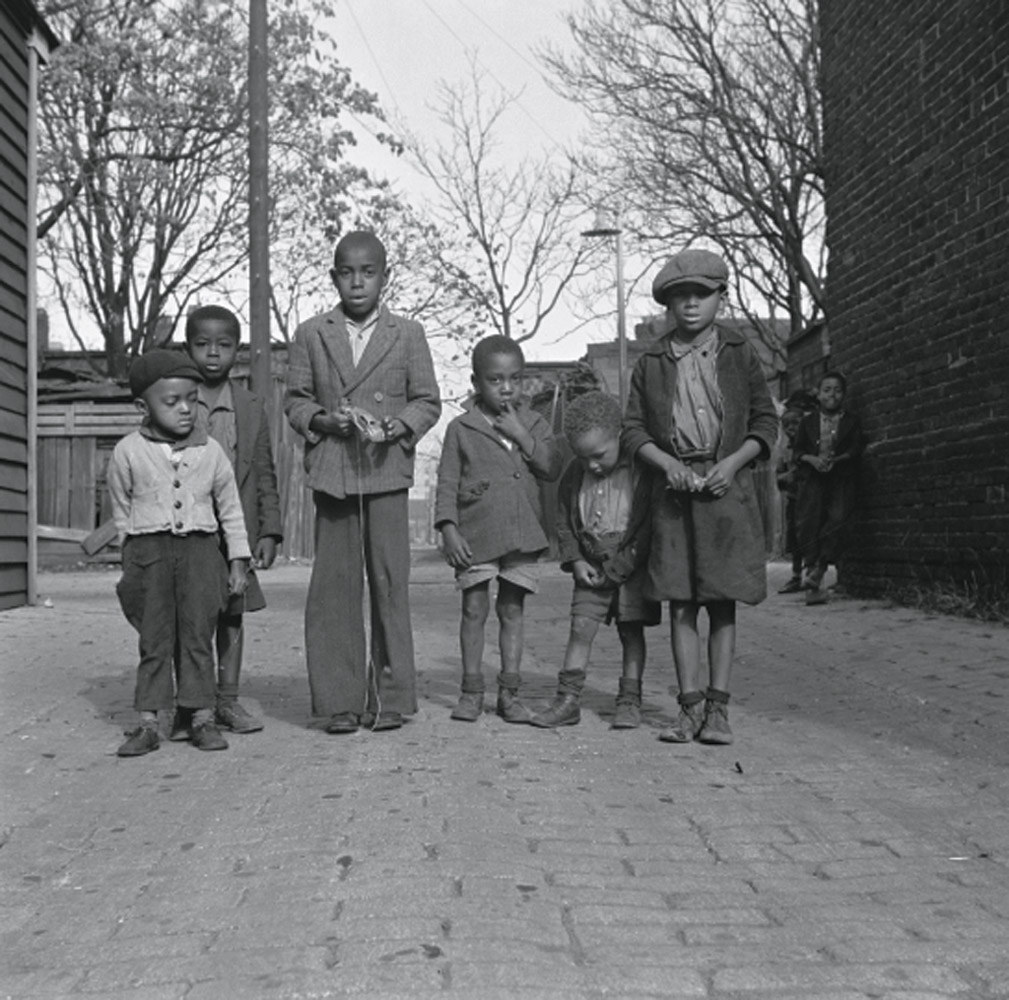
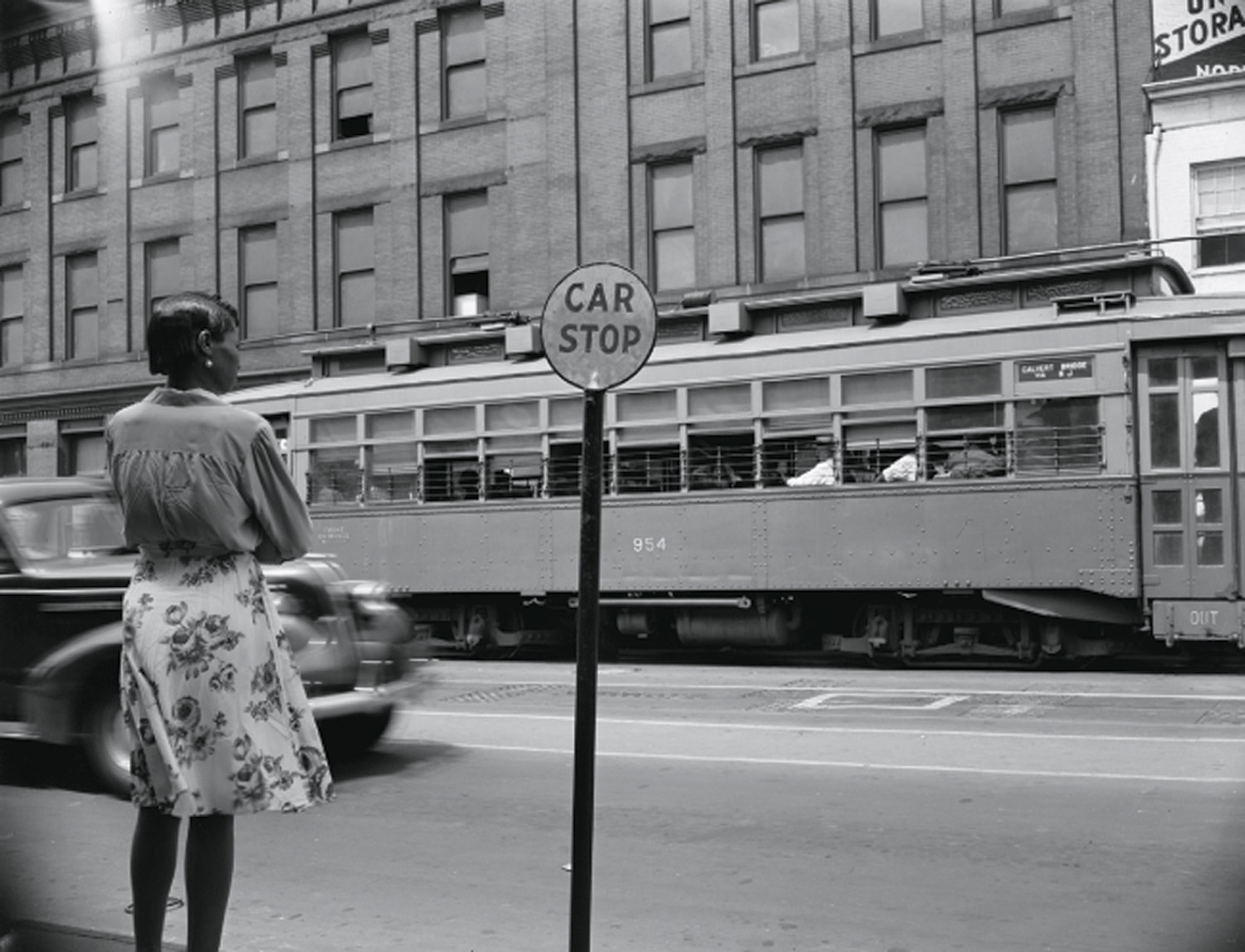
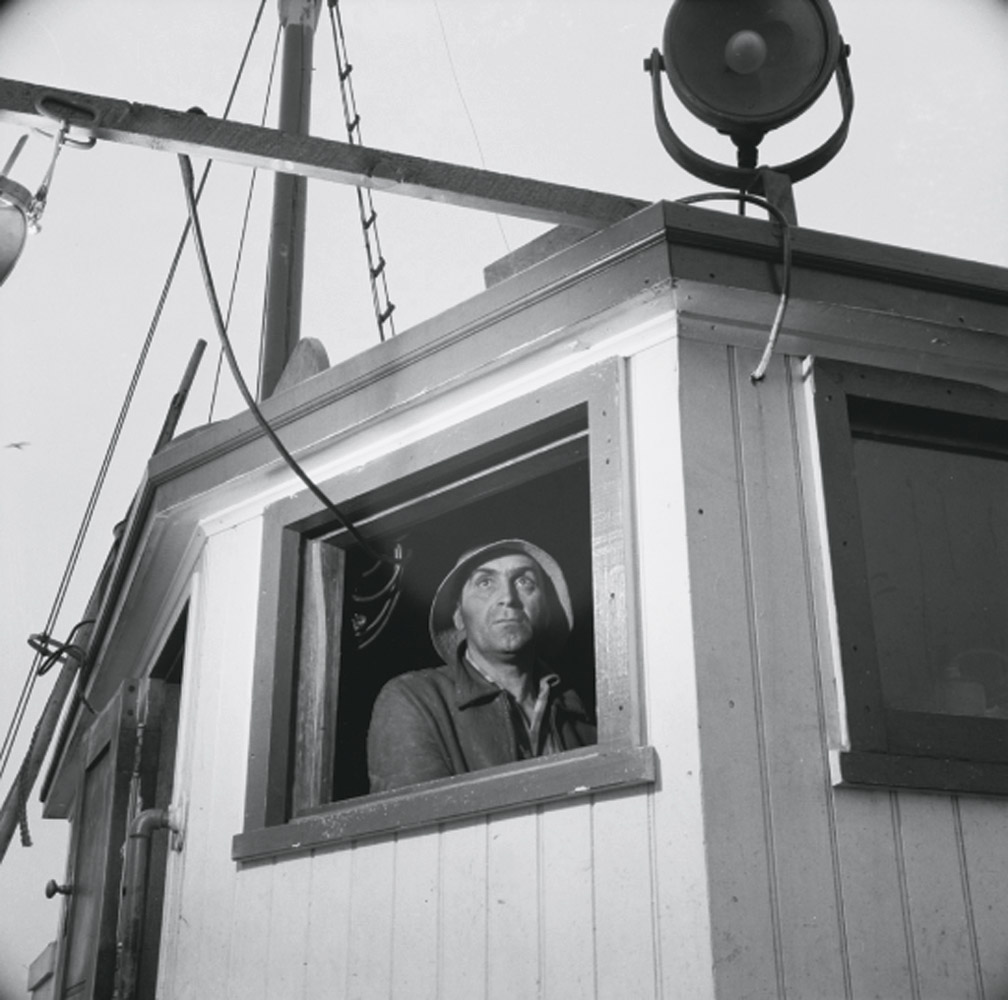
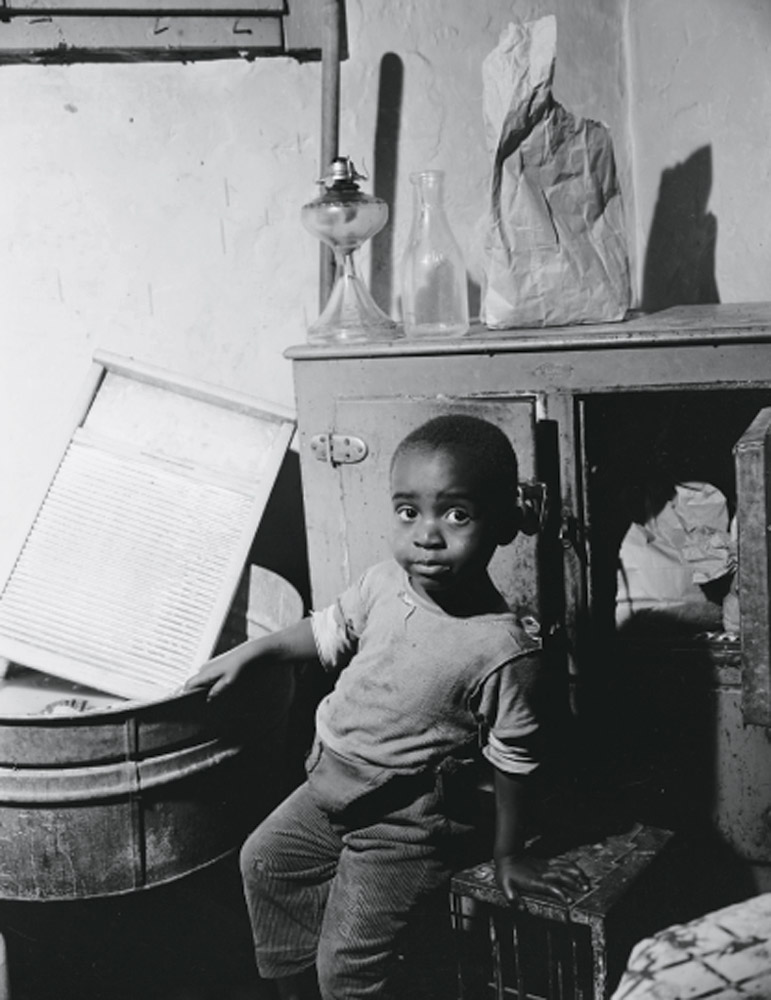
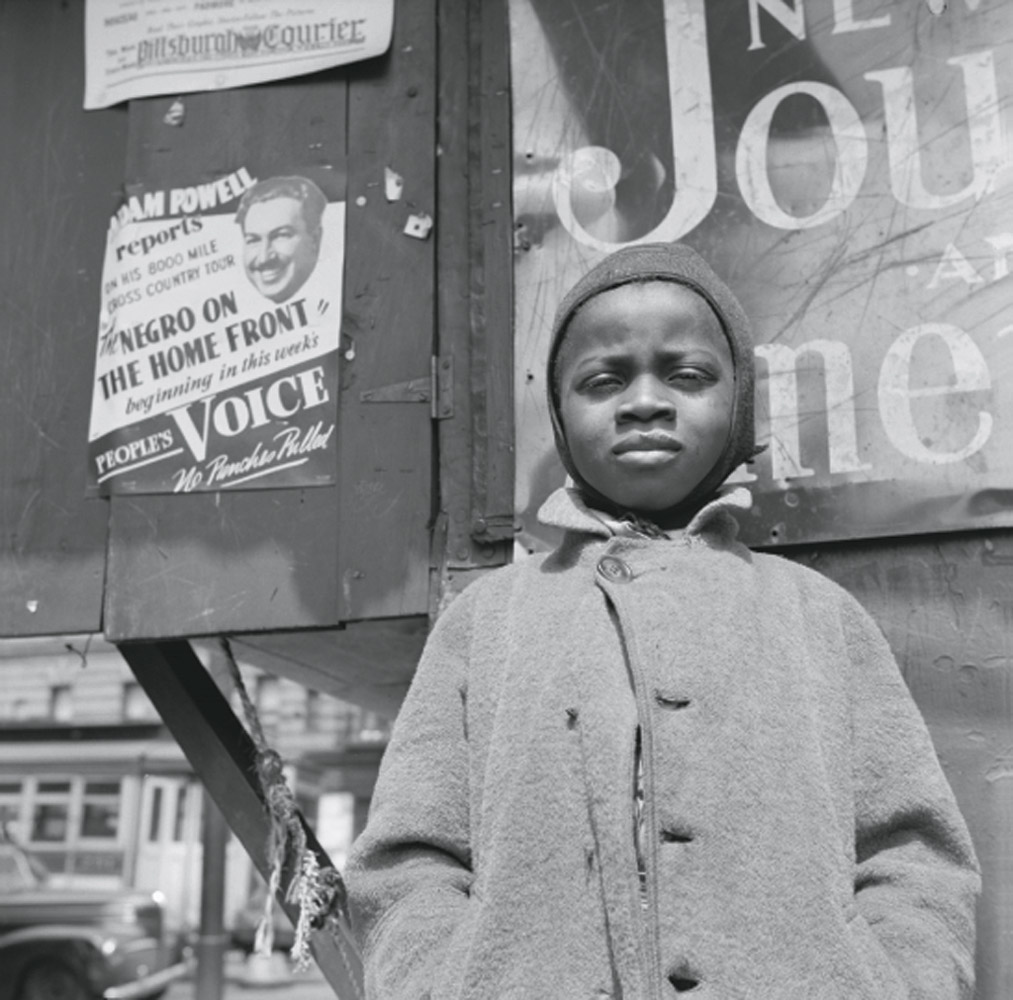
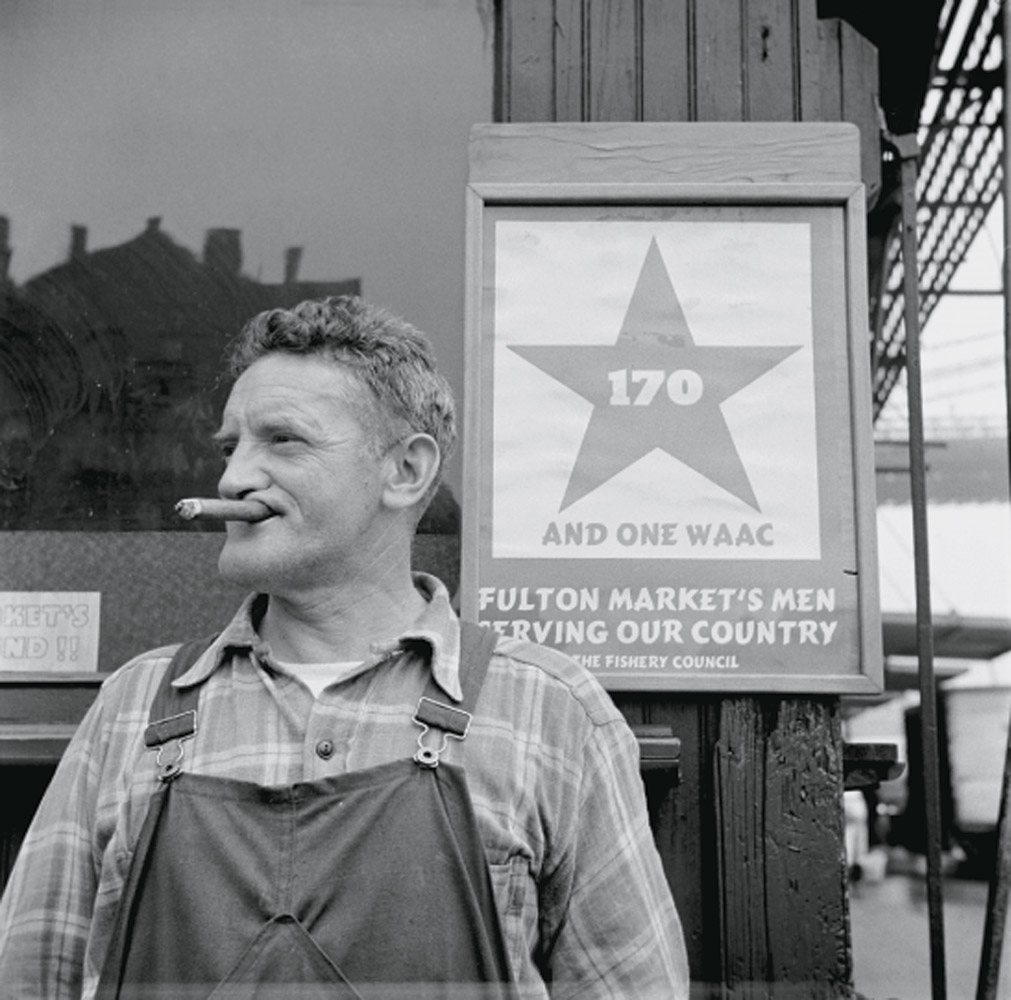
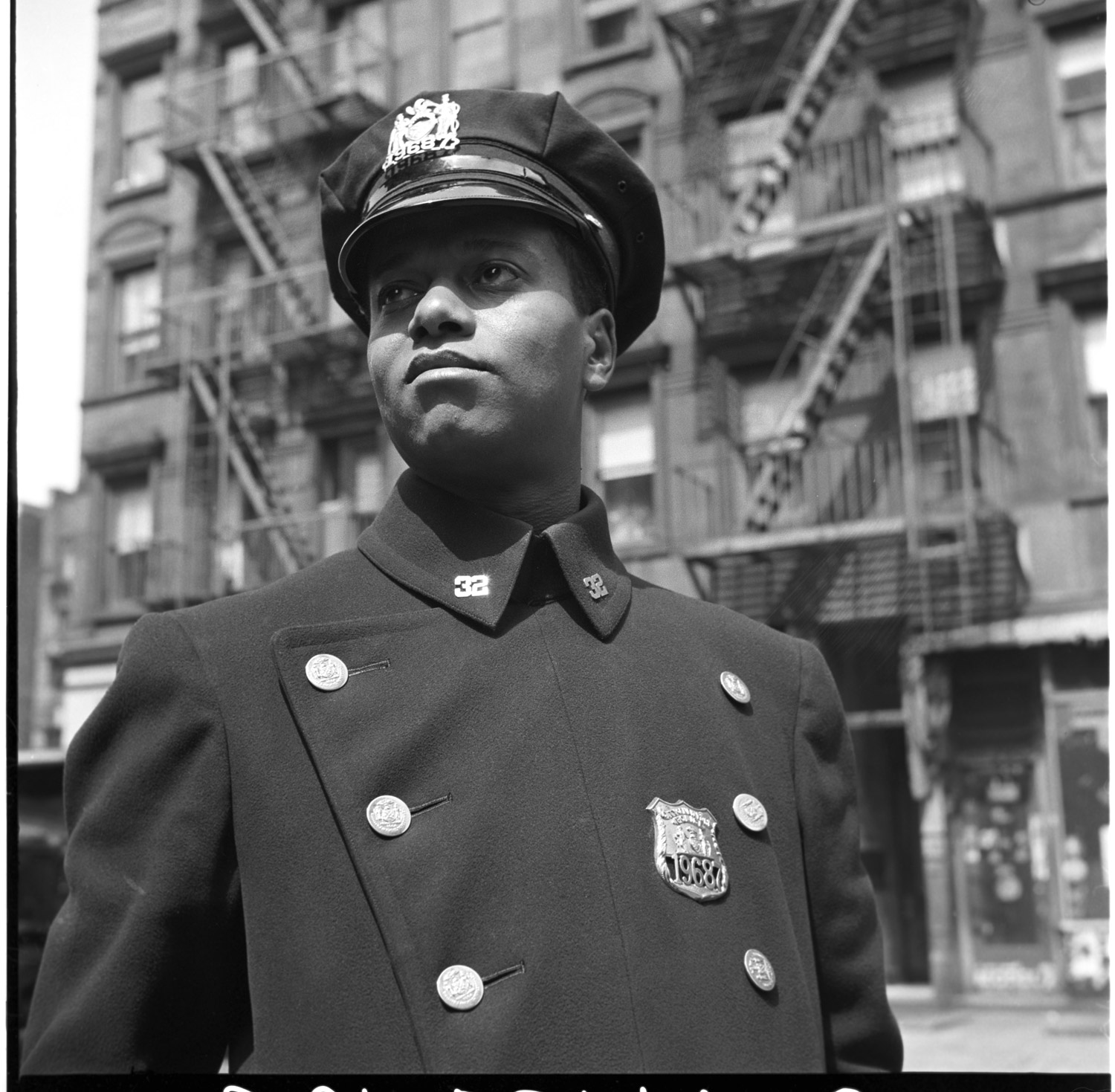
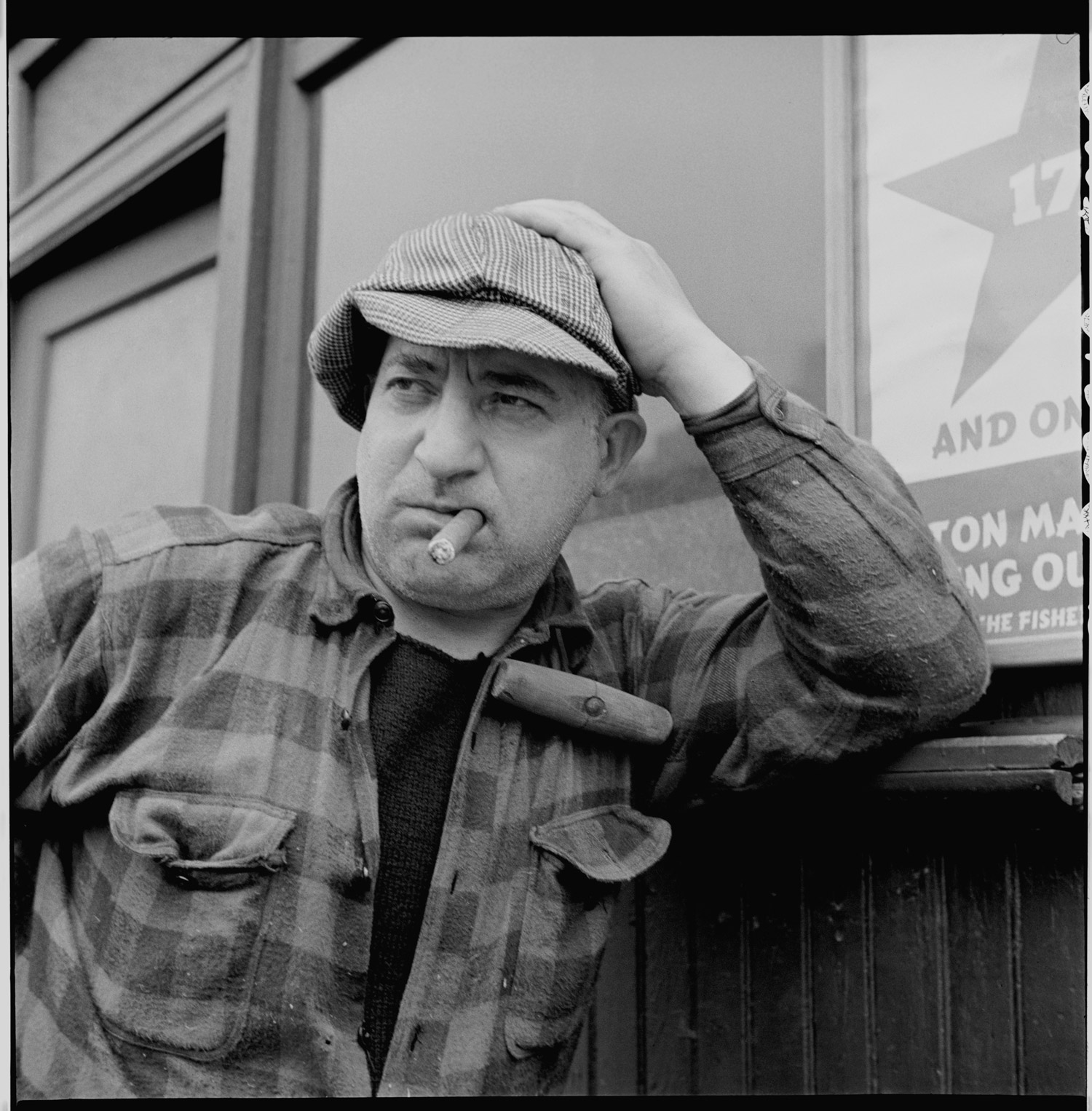
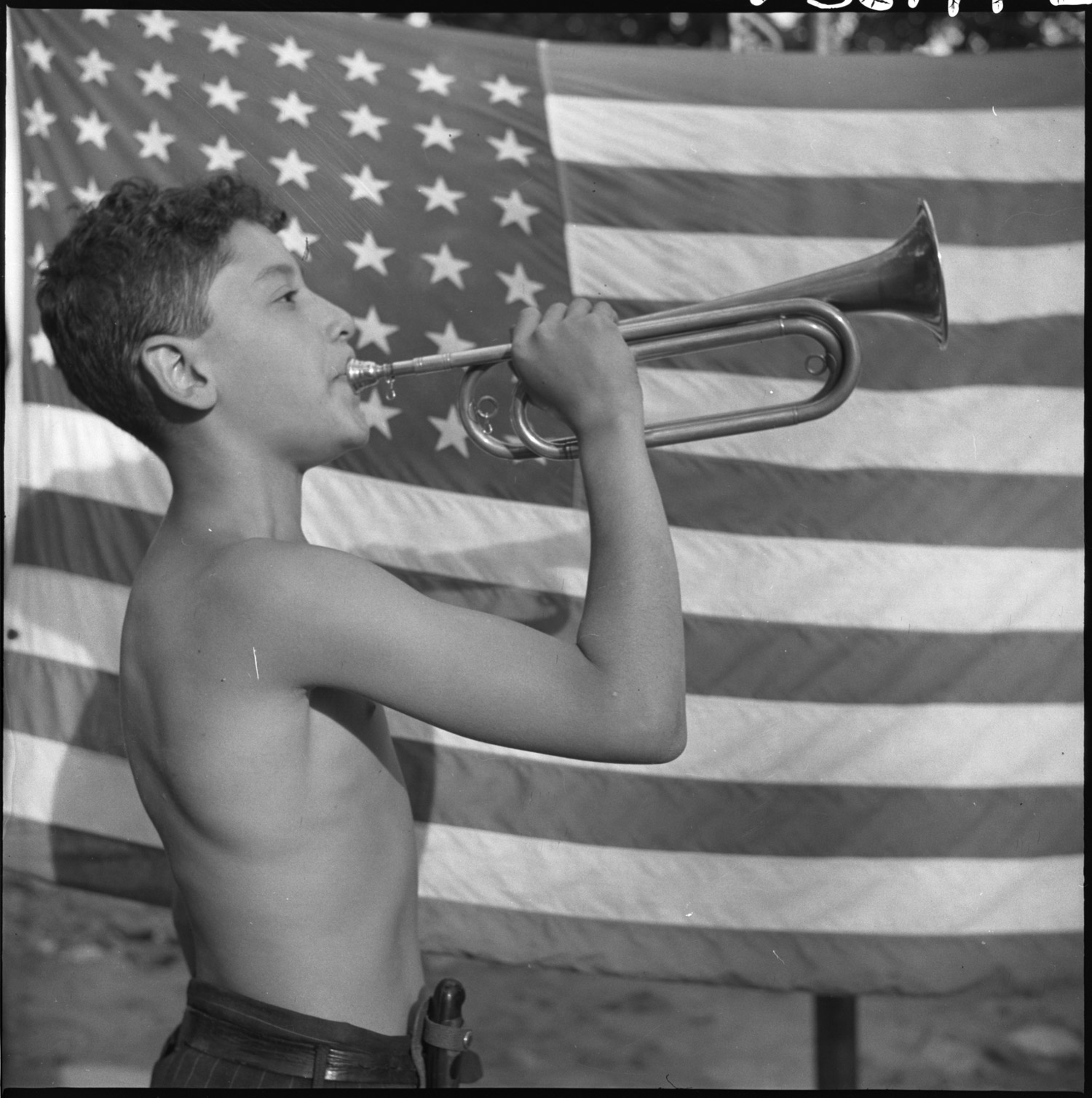
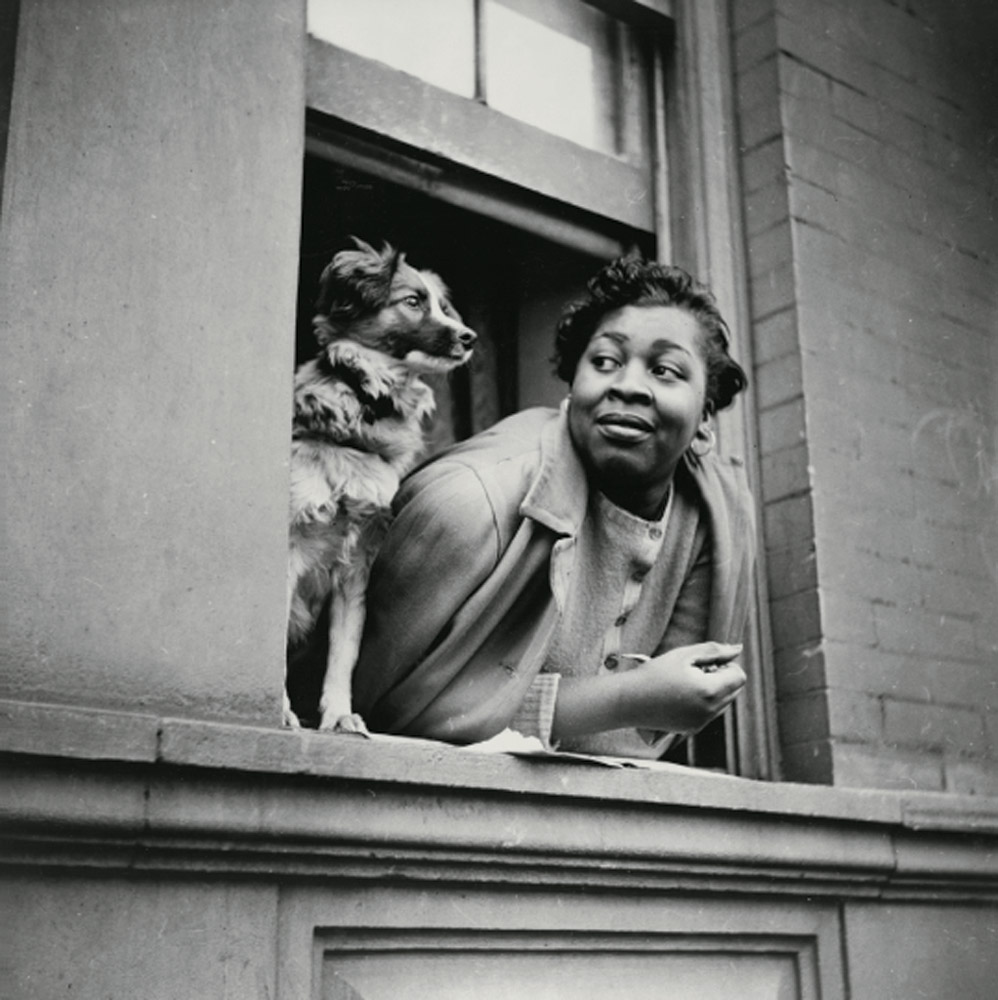
More Must-Reads From TIME
- The 100 Most Influential People of 2024
- Coco Gauff Is Playing for Herself Now
- Scenes From Pro-Palestinian Encampments Across U.S. Universities
- 6 Compliments That Land Every Time
- If You're Dating Right Now , You're Brave: Column
- The AI That Could Heal a Divided Internet
- Fallout Is a Brilliant Model for the Future of Video Game Adaptations
- Want Weekly Recs on What to Watch, Read, and More? Sign Up for Worth Your Time
Contact us at letters@time.com